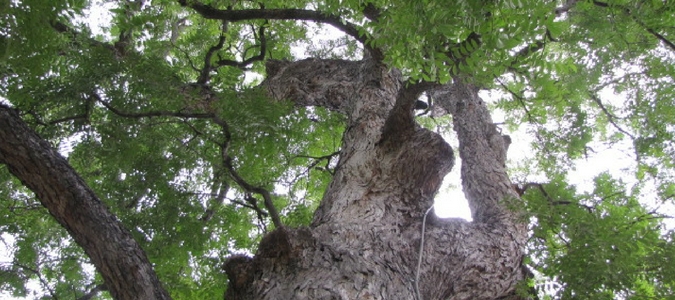
Congratulations! You’ve finally settled into your new home, and there are only a few things left remaining on your to-do list. Hang the last of the paintings, purchase a new welcome rug for your entryway, and of course, tidy up your lawn. So if your weekend plans involve running to the nursery to pick up a few new plants, this post is for you.
If you’ve never had a backyard or even a patch of grass for that matter, the idea of maintaining your new lawn can be daunting. Which plants will flourish; how often should you trim your trees; where do you even begin? If you find yourself overwhelmed, fear not: our team at ABC San Antonio is here to help.
Here are a few tips and tricks on how to successfully trim and prune your new lawn.
Know the Pruning Basics
As a new homeowner, it’s important to know why we prune trees in the first place. It may seem obvious, but many individuals are unaware of its effects and benefits.
Pruning involves removing dead, unhealthy, or broken limbs on your trees to preserve the tree’s overall well-being. It’s also done routinely in cities as a safety precaution, as some trees can break or fall over when they become too heavy or overgrown.
Pruning increases flower production, improves plant health, and ultimately, makes the tree—and your yard—more aesthetically pleasing when done correctly. Incorrect pruning, though, can lead to permanent damage to the tree.
Plan Ahead
Your best bet for success is to plan out which trees—and which branches—need trimming.
Start by removing all dead, broken, or problem limbs by cutting them at the point of origin. You’ll then move on to the larger, thicker branches.
Make a small wedge on the underside of the branch to prevent any tears from running along the bark and stem tissue. You’ll then want to move to the top of the branch and cut all the way through. This will leave you with a stub end, and a final section to trim.
To remove the final stump, cut close to the trunk and be sure to angle your cut away from the tree to allow for proper healing.
The Tools
Now that you have a plan, you’ll need to select the appropriate tools for the task at hand. To remove the dead, broken limbs, use hand shears or hand pruners; you can choose a bypass or an anvil hand shear. And though both can cut through wood with a diameter of about ½ to ¾ inches, bypass pruners often leave a smoother, cleaner cut.
For larger branches—like the Ben Milam Cypress tree residents of San Antonio are so accustomed to seeing—loppers or pruning saws work best, as they’re able to cut branches with a larger diameter.
To keep your tools in top-trimming shape, be sure to store them in a dry room and disinfect all shears and blades after each use to prevent spreading a disease to healthy plants in the future.
Safety First
As a new homeowner, it’s possible you’ve never had to prune a tree; on the other hand, you could be an expert. Regardless of your pruning experience, take a moment to familiarize yourself with a few safety precautions before you begin.
Here are ways to ensure your safety while pruning:
- Be mindful of electric lines
- Use well-maintained tools
- Wear gloves, safety goggles, and ear protectors
- Don’t cut above head height
Knowing your limits is another way to stay safe. Understand your abilities and don’t be afraid to ask for help.
Call for Backup
When it comes to completing your new-home-to-do list, there are certain tasks you can tackle over a weekend. And while we understand the satisfaction of completing that list on your own, some tasks—like pruning large trees—are sometimes best left to the pros.
Our team at ABC San Antonio is made up of professionally trained individuals that can handle all of your lawn needs. From mowing and landscaping to trimming and pruning, rest assured that ABC San Antonio can get the job done right.